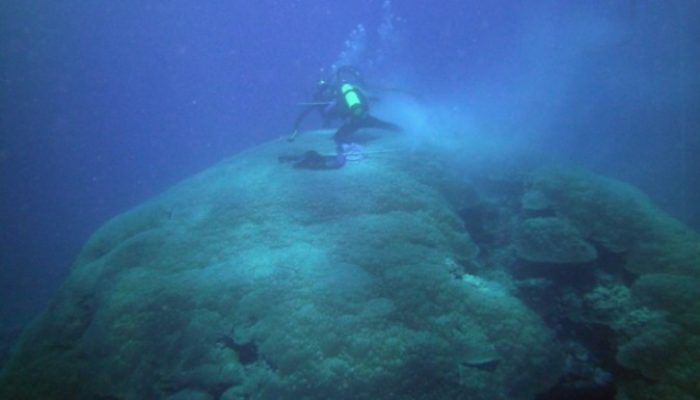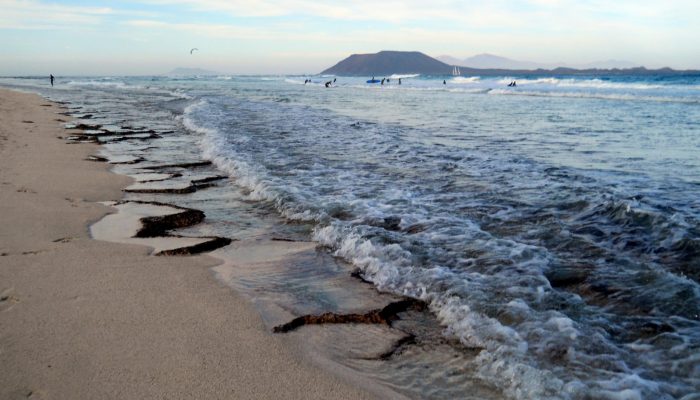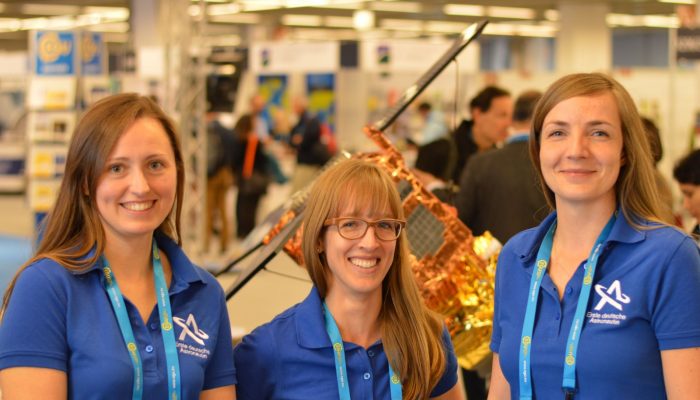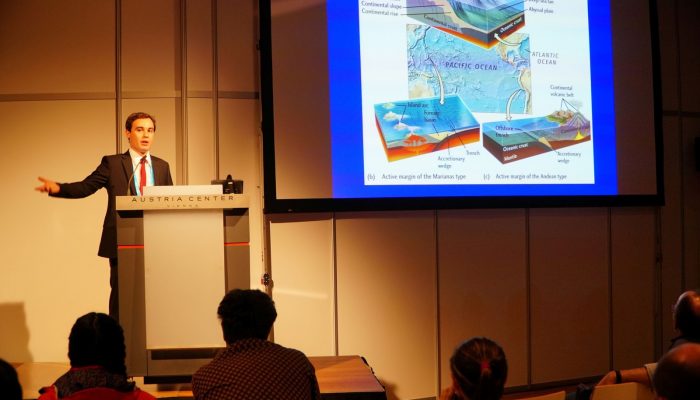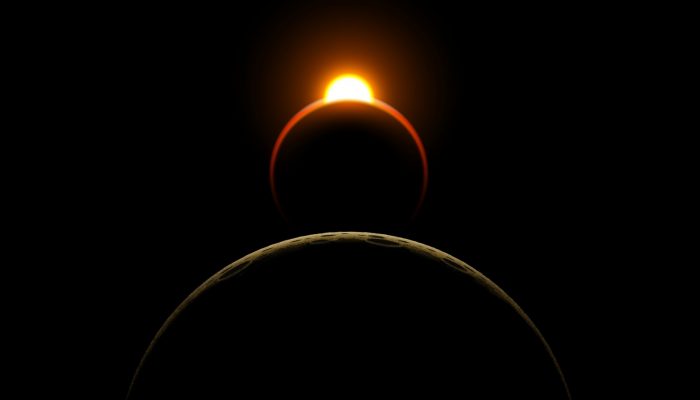Name of proxy: Coral Type of record: Oceanic variability Paleoenvironment: Fringing reefs, barrier reefs, or atoll Period of time investigated: Mainly the last 200 years How does it works ? What we usually picture as a coral is actually a colony of tiny living animals called coral polyps, which are closely related to jellyfish or anemones. They live in symbiosis with photosynthetic algae called Zo ...[Read More]
If you didn't find what you was looking for try searching again.
WaterUnderground
Groundwater & Education – Part One
Post by Viviana Re, postdoctoral researcher at the University of Pavia (Università di Pavia), in Italy. You can follow Viviana on Twitter at @biralnas. Part one of a two part series on groundwater and education by Viviana. ___________________________________________________________ Education /ɛdjʊˈkeɪʃ(ə)n The process of receiving or giving systematic instruction, especially at a school or univer ...[Read More]
GeoLog
June GeoRoundUp: the best of the Earth sciences from around the web
Drawing inspiration from popular stories on our social media channels, as well as unique and quirky research news, this monthly column aims to bring you the best of the Earth and planetary sciences from around the web. Major Story With June being the month when the world’s oceans are celebrated with World Ocean Day (8th June) and the month when the UN’s Ocean Conference took place, it seemed apt t ...[Read More]
Cryospheric Sciences
Image of the Week – The birth of a sea-ice dragon!
Dragon-skin ice may sound like the name of an episode of the Game of Thrones fantasy franchise. However, this fantasy name hides a rare and bizarre type of ice formation that you can see in our Image of the Week. It has been recently observed by the “Polynyas, ice production and seasonal evolution in the Ross Sea” (PIPERS) research team in Antarctica. This bizarre phenomenon caused by ...[Read More]
GeoLog
EGU geoscientists are out of this world!
Space science has always been an exciting relative of the geosciences, and so it may come as no surprise that the woman who could become Germany’s first female astronaut attended the EGU General Assembly this year. Insa Thiele-Eich has made it to the final of Germany’s ‘Die Astronautin’ competition, which intends to send a German female astronaut to the International Space Station for a ten day re ...[Read More]
Solar-Terrestrial Sciences
Welcome
Welcome to the ST division blog! The Solar-Terrestrial (ST) Division of European Geosciences Union (EGU) is starting its own blog! The blog is an initiative by a group of enthusiasts who met during the EGU’s General Assembly in April 2017. We are thrilled to set up this blog that will keep our readers informed about a range of topics relevant to the science of the division. The influence of the Su ...[Read More]
WaterUnderground
What is the difference between ‘water withdrawal’ and ‘water consumption’, and why do we need to know?
Post by Inge de Graaf, University of Freiburg, Environmental Hydrological Systems group ________________________________________________________________________________________________________________ Last week I had to teach my first class in global hydrology. When I showed the global trend on increasing demands and withdrawals (see Figure) I needed to explain the different terms as sometimes the ...[Read More]
Cryospheric Sciences
Image of the Week – Heat waves during Polar Night!
The winter 2016-2017 has been one of the hottest on record in the Arctic. In our Image of the Week, you can see that air temperatures were positive in the middle of the winter! Let’s talk about the reasons and implications of this warm Arctic winter. But first, let’s take a tour in Svalbard, the gateway to the Arctic… A breach in the one of the world’s largest seed vaults The Global S ...[Read More]
GeoLog
GeoTalk: The life and death of an ocean – is the Atlantic Ocean on its way to closing?
Geotalk is a regular feature highlighting early career researchers and their work. Following the EGU General Assembly, we spoke to João Duarte, the winner of a 2017 Arne Richter Award for Outstanding Early Career Scientists. João is a pioneer in his field. He has innovatively combined tectonic, marine geology and analogue modelling techniques to further our understanding of subduction initiation ...[Read More]
GeoLog
Light years from home – a geologist’s tale
In a departure from the usual posts we feature on the blog, today Conor Purcell (a freelance science writer) brings you a thought provoking science fiction piece. Grab a drink and dive into this geology inspired adventure! “It’s typical geology for a rocky planet” K reported. “Captured beneath the ocean at its northern pole, the core is a mix of metamorphic and sedimentary rock, with sand an ...[Read More]

